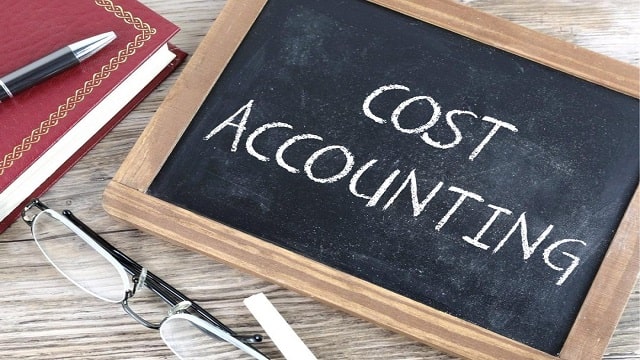What is cost accounting?
Cost accounting, also known as cost accounting, is a branch of accounting that is responsible for tracking and managing all production expenses. It allows you to identify areas where savings can be made and efficiency improved, thus ensuring greater profitability and better strategic decisions.
Cost Accounting: A Simple Explanation
It allows you to know exactly what the cost of manufactured products is, and what each one corresponds to.
Imagine a bakery that costs $1 to produce a loaf of bread. Cost accounting allows you to know the costs that contribute to the unit total. For example:
- Cost of flour: $0.30.
- Labor: $0.35
- Cost of machinery: $0.20.
- Cost of oven and electricity: $0.10
- Cost of other raw materials: $0.05.
This allows us to know where the highest costs come from, and thus be able to investigate them in detail, one by one, to try to find ways to make the company’s management more efficient.
It is an instrument that supports financial accounting because it performs a reasonable allocation of direct and indirect costs that allows obtaining analytical information to support the decision-making of the company’s management.
Although both cost accounting and financial accounting are useful in running a business, cost accounting is information used only by company personnel, while financial accounting is information that can be used by both external and internal users.
Objectives of cost accounting
Cost accounting information is directed to the company’s management. It involves the assessment, analysis and control of the entire production process that makes up the business operation.
- Determine costs: This allows you to value assets and results.
- Analytical objective: Cost accounting allows for the planning and control of business management, preparing budgets and producing information that allows for the evaluation of performance and thus taking the necessary measures.
How are accounting costs allocated?
Not all costs can be distributed in the same way to all manufactured products. Depending on the relationship with production, different types of costs are obtained that allow the units produced to be valued:
- Direct imputation: The purchase price of raw materials and services consumed that are directly attributable to the unit. These are related to direct costs, which are those that can be measured and assigned unequivocally to a specific product (for example, in the manufacture of ice cream, this would be the cost of the cream or the cost of the wafer).
- Indirect allocation: This is the part that reasonably corresponds to the costs indirectly attributable to the product. These are related to indirect costs, which are affected by different processes and do not allow for an exact and viable measurement of the quantity consumed for the manufacture of each product (for example, factory rental, which of the goods produced is allocated the highest percentage? Are they all the same?).
Functions of a cost accounting system
A good cost accounting system allows:
- It allows us to know the efficiency of the production system.
- Control the expenses generated in each phase of the production process.
- Obtaining the profit from each unit produced and allowing decisions to be made about what and how much to produce.
- Detect and analyze deviations from what was planned to establish control mechanisms.
- It allows the company’s inventories to be valued.
Know Some Key points
- Cost accounting is used to record, analyze, and control production costs in a company.
- Helps identify inefficiencies and savings opportunities in production processes.
- Provides detailed information on direct and indirect, fixed and variable costs.
- It is essential for strategic decision-making and financial planning.
- Facilitates the preparation of budgets and the determination of sales prices.
- Improves inventory control and management in the company.

